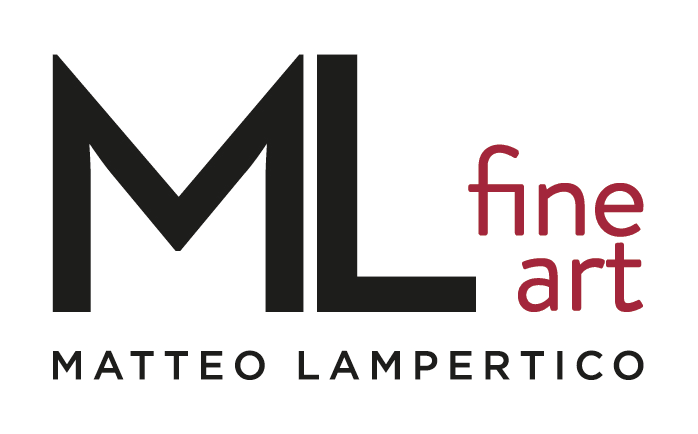In occasion of the exhibition RITORNO AL BAROCCO. FONTANA, LEONCILLO, MELOTTI, curated by Andrea Bacchi, ML Fine Art is pleased to present a selection of extraordinary works by Italian artist Fausto Melotti.
“The adventure of the piece of ceramic that enters the oven amorphous and emerges in full party dress is the source of an exciting joy, an indefinite limit between sense and beauty. It’s like a holiday trip into a world that is more fairy-like than magical, a world where expressions like joy in work find value and meaning. That is why I would advise every sculptor to dedicate a bit of time to ceramic now and then”.
(Fausto Melotti)
Alongside contemporaries such as Lucio Fontana, with whom he studied at the Accademia di Brera in Milan, Fausto Melotti is considered one the most influential Italian ceramists of his generation. His earliest experience as a ceramist occurred in the late 1920s, when he produced his first decorative pieces in collaboration with the manufacturer Richard Ginori. Only later, during the post-war period and up until the early 1960s, Melotti worked almost exclusively in ceramic, an accessible material in a country still recovering from devastation following the war. He found in the medium a new means of artistic expression and developed a more figurative, humanist language rupturing from the abstract sculptures of the 1930s. This new language was admired by both critics and the public, earning him several awards. In his studio in Milan, he started experimenting extensively with clay, individually producing a considerable number of objects that are as a result entirely unique, in terms of forms, glazes, intrinsic irregularities and iconographies. Of these works there are two main characteristics: the revival of the Archaic and Classical art, which can be seen in the vases, cups, bowls, plates or some figurines, as well as the Baroque inspiration. The latter is exemplified by the feminine figures, showing the influence of Gian Lorenzo Bernini in the intricate folds and layers adorning the figure. Executed in the 1950s, these works illustrate Melotti’s experimental approach towards the medium, applying thin-built layers, folded together to create movement.


